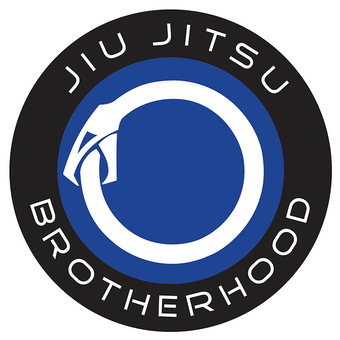This article was written by 3rd-degree Roger Gracie Jiu-Jitsu Black Belt Nicolas Gregoriades.
Takedowns and throws are one of the least understood and practised aspects of jiu-jitsu, but they're also some of the most important. Having a solid strategy for fighting from your feet can be the difference between winning and losing in BJJ.
Vital for Competition
If you're a competitor it's absolutely vital that you have a strategy for fighting from your feet. Even if you're a guard player, at least learn how to use an aggressive and effective method of getting your opponent into your guard. And learning how to defend against your opponent's throw attempts is vital too. With the level of the average player today being so high, more and more matches are decided by 1 or 2 points or even just an advantage. Going 2 points down because you were thrown can and often does mean the difference between winning and losing.
Take a Wrestling or Judo Class
The stand-up training portion of the average BJJ class is usually woefully inadequate. In fact, many jiu-jitsu academies do zero takedown training at all. If you want to round out this aspect of your game, you will need to attend either a dedicated freestyle wrestling or judo class. If you've never tried either and the idea of starting a new art is daunting keep in mind that, unlike jiu-jitsu, you don't need a particularly wide repertoire of techniques to become proficient in either of them. Becoming good at 2 or 3 attack combinations will usually be enough and this can usually be accomplished in a year or two.
Reciprocal Effect
When I've been focusing on my stand-up game for a while I usually notice a subsequent improvement in my ground game. I believe that this is because the balance, timing and strength gained from the practice of wrestling and judo are perfectly suited to many aspects of jiu jitsu. This is also why good judokas and wrestlers pick up jiu jitsu far more quickly than those who haven't trained any other grappling arts.
Learn How to Pull Guard Properly
The guard pull has evolved massively over the last several years. It's almost unrecognisable from the form it originally took. As top players have become more aggressive and creative with their passing, it's no longer plausible to just 'grip, jump and hope'. Guard-pulling is now a science in itself and requires both a defined strategy and relevant techniques. In the video below I detail a method I've been having success with.
Focus on Conceptual Understanding
Just as with jiu-jitsu, internalising the principles behind fighting on your feet will pay big dividends. There are many good resources available online and a good wrestling coach or judo sensei will be able to show you dozens of game-changing insights. In this sample from the instructional video Beyond Technique, conceptual jiu-jitsu whizz-kid Kit Dale shows a simple concept designed to help you choose which style of takedown to use in the various stand-up scenarios encountered in jiu-jitsu.
I hope you enjoyed this article and that it helps you on your path to becoming a more complete grappler. If you've had any insights about stand-up training, please share them in the comments below.










0 comments